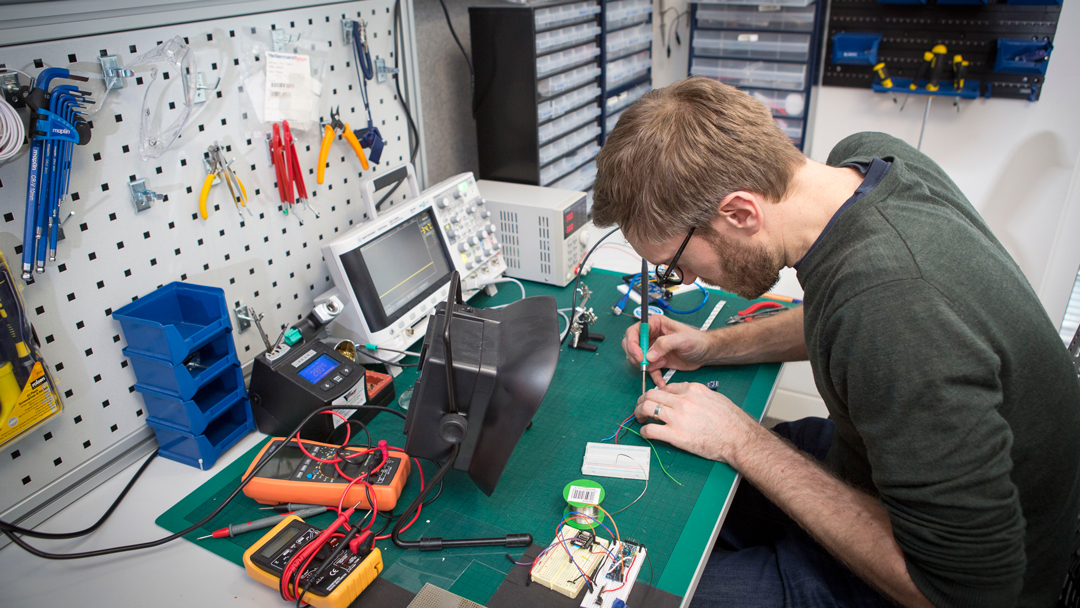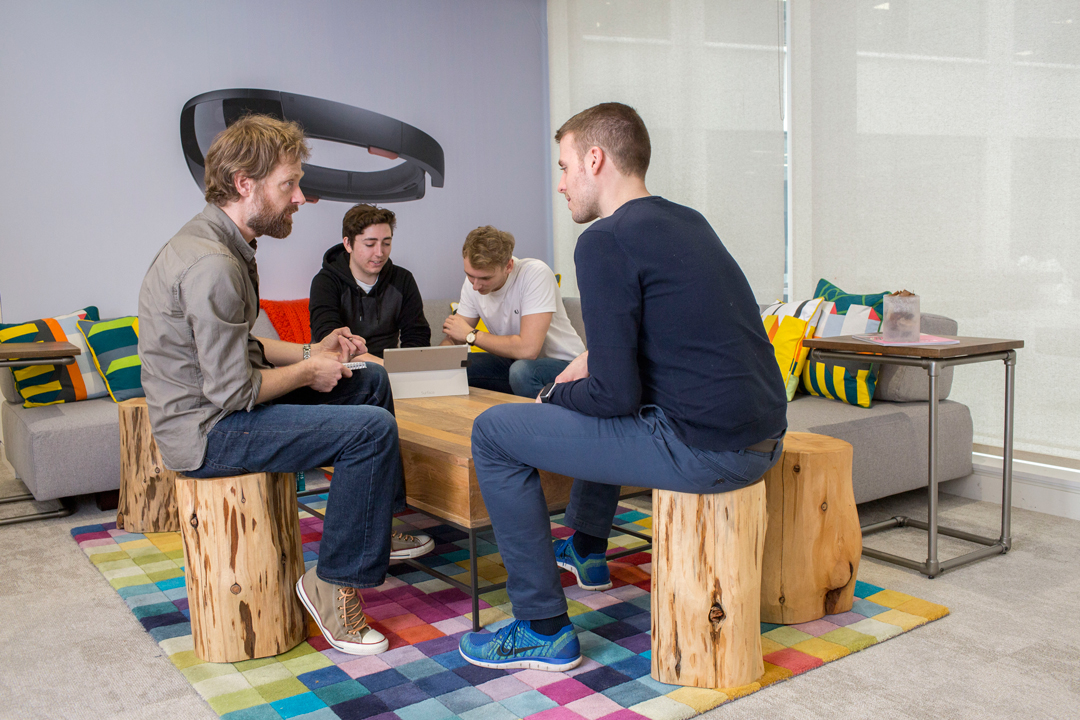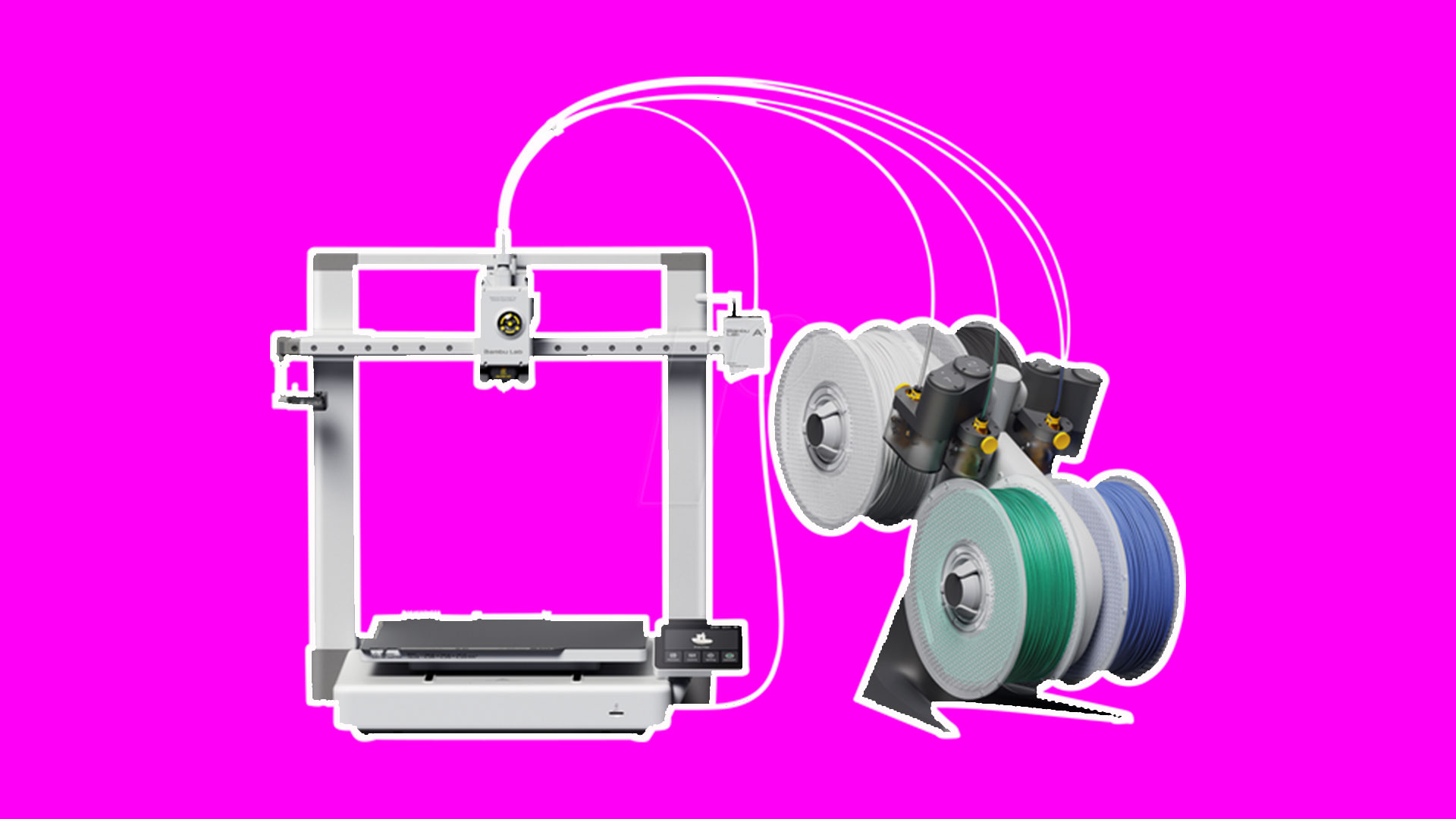Creating new and innovative products: 4 expert tips
CTO at Microsoft's Lift London Mark Stanley reveals the important of constructing a design-centric culture and taking risks in the ever-changing design industry.

In a world where the parameters of technological capabilities are constantly changing, and data and insights are continuing to shape our decision making, product developers are responding to more constraints than ever before. Businesses can manage these constraints by adopting new and fresh approaches to creating products and thinking beyond the traditional development process as we have come to know it.
01. Use technology as a vehicle for continued exploration
Rather than allowing insights and data to dictate the work we are creating, we should be using them to reinforce our own ideas and pathways. Similarly, we should be using technology as a vehicle for continued exploration, rather than simply creating products to align with the latest capability. Applying design principles to the development of creative products can help to manage these constraints, and is a process that should be incorporated into all elements of business.
Design blends together the world of art and science, and is key to creating a more human-centric experience and ensuring that projects are managed through a qualitative lens, as well as quantitative – essentially making science more human. In this way, design-led thinking can be used to reconfigure complex problems with a fresh perspective, and can ultimately be utilised as a tool for problem solving.
02. Putting user experience at the heart of the process is core to design-led thinking
Over the years, software development has become conditioned to rely more on science and data, but it is becoming increasingly apparent that above all, products should be designed with the end user in mind.
This can be seen though the rise of Airbnb, which focused its early business model on solving problems in a scalable way through data. After making little growth as a business and identifying a disconnect between the business and its consumers, Airbnb adapted its model and began meeting with its communities, engaging in conversations and solving problems with a human-centric approach. Putting user experience at the heart of the process in this way is core to design-led thinking, and is something we at Lift London aim to incorporate into each stage of the creative process.

03. Design is fundamental to a technology company’s DNA
Design is not only a vital process within businesses; it is fundamental to a technology company’s DNA. Developing a design-centric culture internally enables businesses to adopt a unique approach to developing products – setting them apart from others in their field. With that said, it is important to remember that design should not be viewed as a replacement to science and engineering, rather the two should work together and build upon one another’s strengths. That is why here at Lift London we work with some of the world’s most talented engineers and designers, bringing together their mix of skill sets and perceptions to allow for greater innovation while creating our products.
It is therefore crucial for businesses to coordinate these different roles effectively. Creative leaders should envision their team in a similar way to an ensemble of musicians, with each sub-section having their own unique skills. It is the job of the conductor to inspire each of these sub-sections and to understand how they fit into the wider ensemble. Each piece may require a different combination of players from each section, tapping into their different strengths and capabilities, but all with the same objective of collaborating to create something spectacular.
Daily design news, reviews, how-tos and more, as picked by the editors.
04. Creatives should embrace hands on making, trial and error and taking risks when creating products
During these creative processes, it is also important to give designers and engineers the freedom to make, explore and take risks. The adoption of the maker culture can create this space for exploration, allowing creatives to learn through doing in an environment that is built upon community, collaboration and knowledge sharing.
As creators and innovators, it is so important for us to continue to push boundaries and explore beyond our current technological capabilities
This also comes back to the qualitative vs. quantitative approach to creating products. While data and insights form an integral part of the product development process, creatives should also embrace hands on making, trial and error and taking risks when creating products. As touched upon earlier, learning through doing can make businesses operate more efficiently and with greater success, with Airbnb’s adapted business model being a prime example. We encourage our developers at Lift London to take risks, collaborate and share their learnings with one another, all of which strengthens our output as a team and ultimately as a business.
As creators and innovators, it is so important for us to continue to push boundaries and explore beyond our current technological capabilities. In order to do that, we must shift our current practices away from exclusively relying on data and qualitative insights, and pair this with a design-led, human-centric approach that offers creatives a space to take risks and places user-experience at the heart of the development process.
All images courtesy of Lift London
